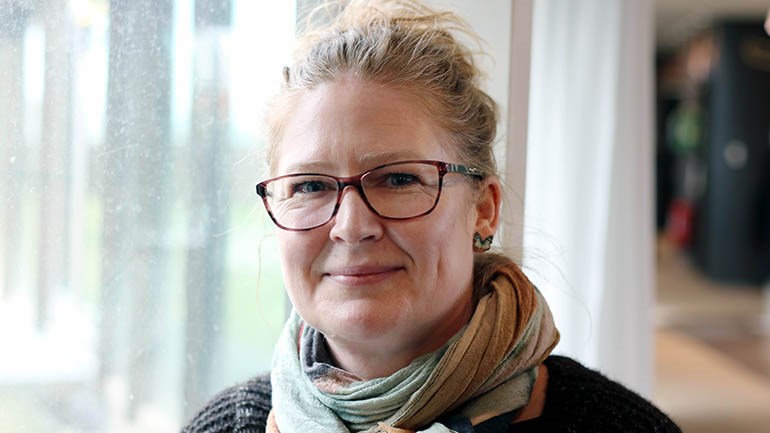How creeping borders affect communities living under occupation

Katrine Gotfredsen examines how people's everyday lives are affected by living under occupation.
What is life like when a border guard suddenly appears in your garden, or if you can’t access the land you use to make a living? On the border of occupied territories, Georgians live in fear of being displaced or cut off from their farmland.
Katrine Gotfredsen is researching border demarcations in occupied areas in Georgia and the choices the residents have to make in everyday life. Some families have already experienced being cut off or displaced from their farmlands and orchards. Others live with the fear that this could happen to them at any time.
In everyday life, the military is not necessarily the biggest problem, rather, it is all the ambiguities surrounding navigating and moving around in such a place ...
Katrine Gotfredsen
Her research in Georgia is part of a larger project about contemporary military occupations and their effects on everyday life. It compares three cases of ongoing and contested military occupations. Gotfredsen focusses on the Russian occupation of the Georgian territory of South Ossetia, while her colleagues from Lund University research the Israeli occupation of the Palestinian territories, and the Moroccan occupation of Western Sahara.
Gotfredsen is an anthropologist and university lecturer who recently returned from field studies interviews in border villages around the breakaway republic of South Ossetia. Since 2008, the region is de facto controlled by Russia, and the creeping borders and demarcations are a means of conducting occupation that is blurred and unclear in its impact on local communities.
“In everyday life, the military is not necessarily the biggest problem, rather, it is all the ambiguities surrounding navigating and moving around in such a place that makes it complicated to live there. How do you plan a future when you have no parameters to rely on?” she says.
The borders are not internationally recognised, nevertheless they are there and gradually they become more permanent. By installing physical barriers, signs, fences and patrolling border guards, a previously invisible administrative boundary line is gradually transformed into a de facto international border. According to Gotfredsen, around a hundred incidents are reported every year. Suddenly, a Georgian may see a border guard standing in the garden or discover that the border has moved further into territory controlled by Georgia.
In her fieldwork, she has spoken to residents of twelve villages located in the area, most of whom are farmers and constantly live with the uncertainty of whether they will be able to get to their land and farm it in the future.
“The project and questions were a little surprising to locals at first, but then they were open and wanted to share their experiences. They are rarely heard,” says Gotfredsen.
She describes an existence where people are torn between, on the one hand, pride and a desire to remain as “human shields” – as long as people stay, there is an element of resistance to the occupiers – and on the other hand, a drive for self-preservation and a longing to create a better life for their own family when their traditional livelihood is threatened.
“It is of course a dilemma and especially the young have difficulties seeing a future in staying,” says Gotfredsen, who compares the situation in South Ossetia to Russia's support for pro-Russian forces in eastern Ukraine in 2014.
“It becomes almost absurd when Russia says that it protects a Russian minority and justifies a military invasion and occupation with reference to the UN principle of the responsibility of every state to protect its population.”
Text: Magnus Jando